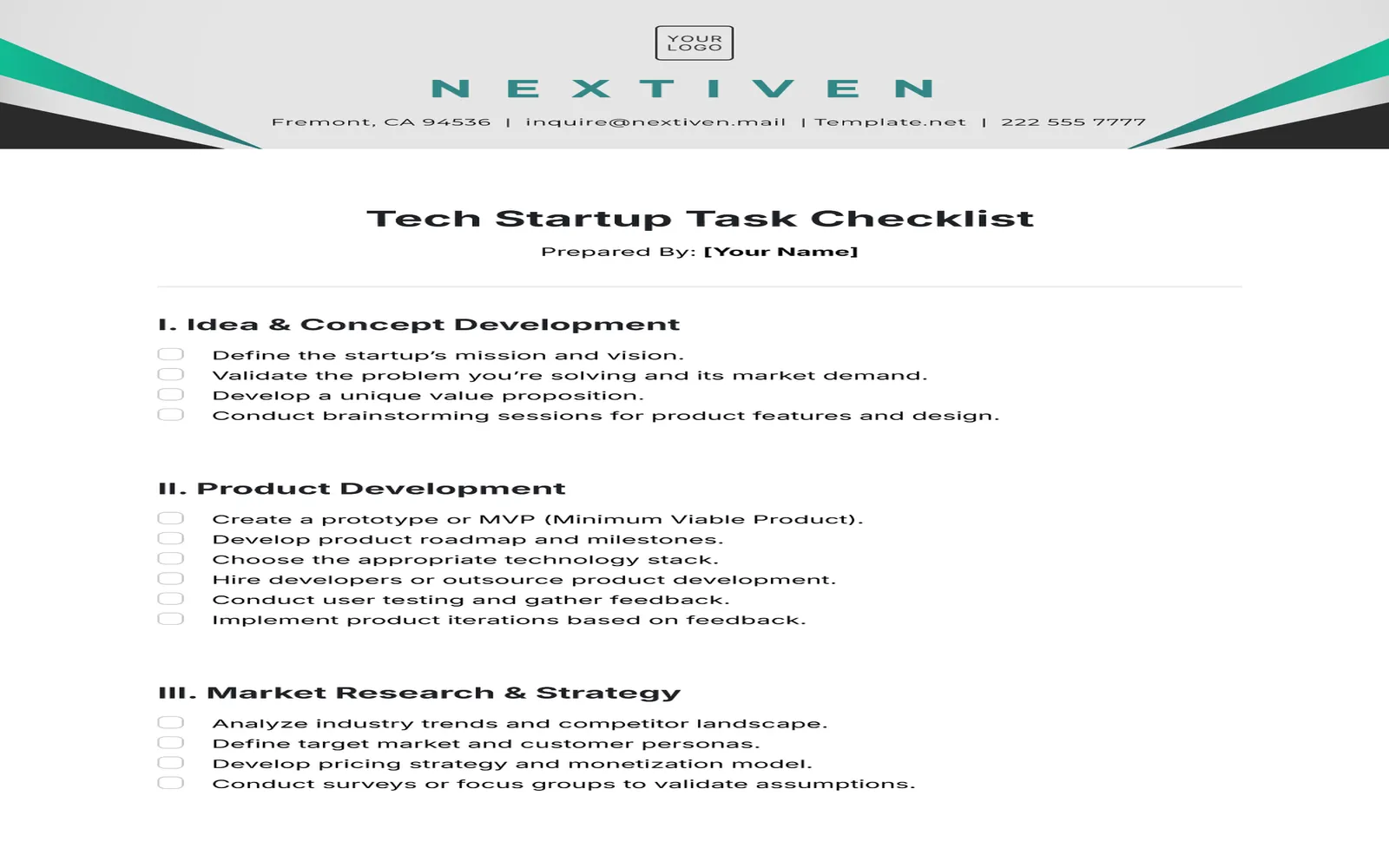Understanding Social Listening
Social listening refers to the process of monitoring and analyzing online conversations about your brand, industry, and competitors. By leveraging social listening tools, businesses can gain valuable insights into consumer behavior, preferences, and trends. This data not only helps in managing brand reputation but also plays a crucial role in identifying new market opportunities.
The Importance of New Markets
Expanding into new markets can drive growth and diversification for a business. Finding untapped markets requires a deep understanding of customer needs and preferences. Social listening provides the actionable insights necessary to explore these opportunities effectively.
How Social Listening Identifies New Markets
There are several ways in which social listening can assist businesses in discovering new markets. Here are some key strategies:
1. Analyzing Consumer Sentiment
Social listening enables businesses to gauge consumer sentiment regarding their products and services. By analyzing reviews, comments, and social media posts, companies can identify positive or negative sentiments in various regions or demographics. This analysis can reveal potential markets where demand is high but competition is low.
2. Identifying Emerging Trends
Through social listening, businesses can keep an eye on emerging trends within their industry. By observing what topics are gaining traction, companies can pivot their marketing strategies or develop new products that align with these trends, targeting new customer segments. For example, if there is a growing interest in sustainability, a brand could explore eco-friendly product lines.
3. Understanding Competitor Movements
Social listening allows businesses to monitor their competitors and understand their strategies. By analyzing competitors' social media engagement and customer feedback, companies can identify gaps in the market that their competitors may not be addressing. This insight can lead to the creation of targeted marketing campaigns aimed at attracting customers from those overlooked segments.
4. Discovering Audience Demographics
Utilizing tools that track social conversations can help identify who is discussing your brand and what demographics they belong to. This information can help refine your target audience and explore new demographic segments that may be interested in your offerings. For instance, if you find that a significant portion of your audience is younger than expected, you might consider adjusting your marketing strategies to resonate with that age group.
Visualizing Data with Social Listening
To effectively analyze social listening data, it can be useful to visualize the information. Below is an example table showcasing potential insights derived from social listening analytics:
| Insight Type | Example Findings | Potential New Market |
|---|---|---|
| Consumer Sentiment | Positive feedback from millennials on eco-friendly packaging | Millennial consumers interested in sustainable products |
| Emerging Trends | Increase in discussions about plant-based diets | Health-conscious consumers seeking plant-based alternatives |
| Competitor Analysis | Competitor lacks presence in the senior market | Older consumers looking for tailored products |
| Audience Demographics | High engagement from Gen Z on social platforms | Gen Z consumers interested in trendy, affordable products |
Implementing Social Listening Strategies
To effectively implement social listening for market expansion, follow these steps:
1. Choose the Right Tools
Select social listening tools that provide comprehensive data analytics and reporting capabilities. Tools like Brandwatch, Hootsuite Insights, and Sprout Social can help you monitor conversations across multiple platforms.
2. Define Your Objectives
Set clear objectives for what you want to achieve with social listening. Whether it’s understanding customer sentiment, identifying new trends, or analyzing competitor behavior, having defined goals will help you focus your efforts.
3. Monitor Relevant Keywords
Utilize relevant keywords related to your industry and brand, such as referrerAdCreative, to ensure you capture all relevant conversations. This will help you gain a comprehensive view of what is being said about your brand and competitors.
4. Analyze and Act on Insights
Regularly review the data collected and analyze it for actionable insights. Create strategies based on your findings, whether that means developing new products, adjusting marketing campaigns, or targeting different demographics.
Conclusion
Social listening is a powerful tool for businesses looking to discover new markets. By understanding consumer sentiment, identifying emerging trends, analyzing competitors, and gaining insights into audience demographics, businesses can strategically position themselves for growth. Embracing social listening not only enhances brand reputation but also opens the door to new opportunities. Utilize these insights to expand your market reach and drive success in your business.





